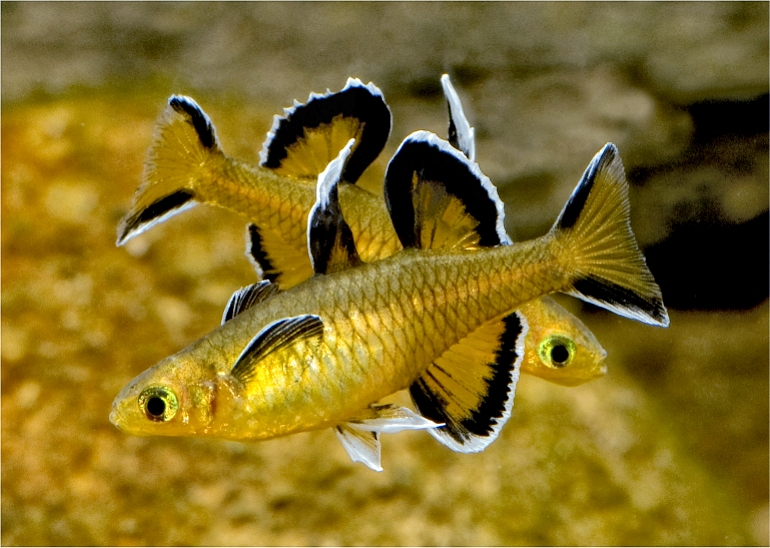Original story by Cleo Fraser, the Telegraph
"WE need to be quiet, not make any sudden movements and keep our arms inside the boat," ranger Dan Mead whispers.
It's close to midnight, it's pitch black and we're out searching for crocs in far north Queensland.
Dan, who's suddenly become very serious, has seen two small red dots peering through the dense mangroves - he's spotted the eyes of our first croc.

Over the past 28 years, seven people have been killed by crocs and there have been 19 attacks in Queensland. Picture: Marc McCormack, News Limited
We've been cruising the Hull River near the tourist town of Mission Beach for almost an hour and a half. Our mission: to record how many crocs we see.
Dan slows the motor as we move in on the croc.
"It's a 10 footer I think," Dan whispers before the croc makes a getaway, swimming under the water and out of sight.
Under Queensland's crocodile management scheme rangers keep track of croc populations. They're also tasked with trapping and removing problem reptiles which lurk near populated areas.
After a croc is reported to them by a member of the public, rangers head out to observe whether it is showing signs of aggression.
"We try and collect all the facts because when it comes to crocodile stories they can get exaggerated or people might hear about them third hand," Dan said.
"We need to determine whether that croc was actually trying to approach people or trying to retreat to a deep section of river and had to swim past them to do so."
If it's determined to be a risk then a trap - a floating metal cage fitted with a rotting piece of meat - is set.
Once the crocs are caught they're towed behind a boat and transported to a holding pen on a trailer.
"That involves holding down the animal with a team of people so we can check the animal and determine whether it's male or female," Dan said.
"We leave it in the holding pen until we've found a new home for it."
Since about June last year up to 20 crocs have been caught in the state's north, of which all have been relocated to croc farms or zoos.
Environment Minister Andrew Powell recently announced the scheme would be extended to include reducing croc numbers around populated areas like Cairns.
Environmentalist Bob Irwin has raised concerns that the crocs are killed for meat or skins and made into handbags once taken to the farms.
Mr Powell's office has not said if any of the animals ultimately end up being used for fashion accessories or meat.
The normal range for crocodiles in Queensland is considered to be from Cape York Peninsula to Gladstone, although two crocs have recently been spotted in the Mary River in Maryborough.
A three to four metre salty was recently trapped near Port Douglas, north of Cairns, after being spotted cruising the popular beach.
Department of Environment and Heritage Protection wildlife operations manager Mike Joyce says croc numbers have stayed relatively the same over recent years.
"We can basically set our watch to how many problem crocs are going to get called in," he told AAP.
He says the department takes reports of aggressive crocs seriously as rangers can be called to appear before coronial hearings if someone is killed.
Over the past 28 years, seven people have been killed by crocs and there have been 19 attacks in Queensland.
The 22 rangers in the north not only look out for crocs they also help injured animals such as cassowaries and flying foxes and educate locals.
During our two-hour croc spotting adventure along Hull River, we see just three salties - two about three metres long and a smaller one about one metre.
Dan says there's usually a lot more - spotting up to 10 in one night is normal - but at high tide the reptiles are able to hide underwater or behind mangroves.
Before taking up the role of head ranger at Innisfail, south of Cairns, five years ago Dan worked with the late croc hunter Steve Irwin at Australia Zoo.
It's fair to say he loves working with crocs.
But should those who aren't used to tackling crocs be afraid of the deadly reptiles?
"We don't necessarily want people to be fearful, we just want them to be aware of what they're doing and what environment they're in," he says.
"You just need to follow some simple rules like keeping three or four metres away from the water's edge."















